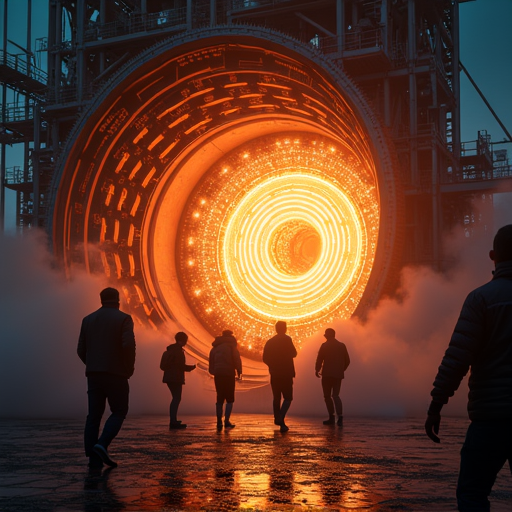
As organizations worldwide strive to harness nuclear fusion, advancements in computer technology are proving pivotal. Tools like artificial intelligence (AI), augmented reality (AR), and digital twins are transforming how scientists address key challenges in fusion projects, such as material resistance to neutron flux and steady-state operation.
At ITER's 2025 Private Sector Fusion Workshop, experts highlighted AI's role in accelerating research. Microsoft's Kenji Takeda showcased AI models like MatterGen, which designs new materials, while Thea Energy's David Gates discussed digital twins for reactor design. AI-native platforms like Arena's Atlas are also streamlining engineering processes.
ITER itself is leveraging AI across operations, from digitizing its knowledge base to inspecting welds with computer vision. CEA WEST, a nearby research center, uses AI to detect hot spots in real-time, enhancing safety and performance. AI will also play a critical role in analyzing ITER's experimental data and developing digital twins for plasma scenarios.
These innovations are making fusion research more agile and precise, bringing the dream of sustainable fusion energy closer to reality.
